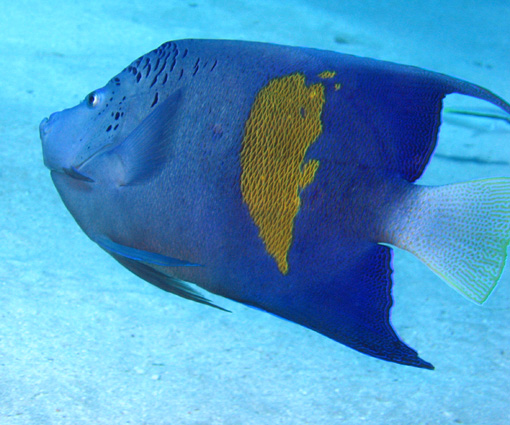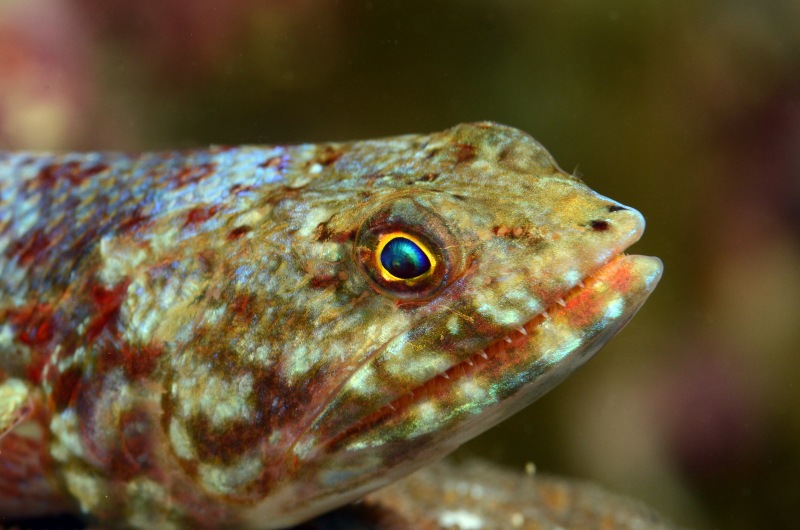

Sweepers are small, tropical marine (occasionally brackish) perciform fish of the family Pempheridae. Found in the western Atlantic Ocean and Indo-Pacific region, the family contains approximately 26 species in two genera.
Deeply keeled, compressed bodies and large eyes typify sweepers, their form somewhat like hatchetfish; both cycloid and ctenoid scales may be present. The small, short dorsal fin begins before the body’s midpoint and may have 4-7 spines; the anal fin is extensive and usually has 3 spines. The mouth is subterminal and strongly oblique.
Some species possess photophores. All but the curved sweeper (Pempheris poeyi) possess a gas bladder. The largest species is the common bullseye (Pempheris multiradiata) at 28 centimetres in length; most other species measure 16 centimetres or less.
Characteristically shallow water, schooling fish (especially as juveniles), sweepers are nocturnal and seek shelter under ledges or in the caves, nooks and crannies of reefs or eroded, rocky shorelines during the day. They are often found sharing these hiding places with cardinalfishes and bigeyes, fellow nightowls. At night, sweepers forage for zooplankton, their primary food items.
(text source: Wikipedia)
 Picture: Ras Mohammed, Red Sea, Egypt by Sami Salmenkivi
Picture: Ras Mohammed, Red Sea, Egypt by Sami Salmenkivi













